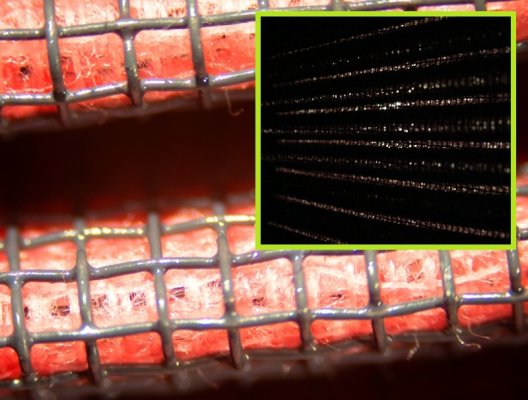I actually considered a headlight intake cone and it does have a drain. What's the benefit of the oiled foam cone or paper filter?
I'm hoping the air gap will help with heat dissipation. The box is mounted to the inner fender and the tube doesn't touch the core support. There should be some fresh air at least on the fender side. There's definitely a lot more I could do, but I think this will drastically improve things. At least now there's a path for fresh cool air to get in. Before it was just festering in its own power killing heat.
From my experience, the K&N type air filters are some of the worst ever made. Although they do have some small performance gains, the tradeoff is not worth it at all. They allow very fine dust to get past the filter and into the engine. This if not good for the piston rings or valve seats. This can be easily tested on off road vehicles, since there is usually a black plastic tube between the filter and the carb. If you run a K&N, you get a very fine light colored dust coating the intake tube. If you run a oiled foam filter, you don't get this dust coating. So if you put an oiled foam prefilter on your K&N, then you will stop that ultra fine dust. As for a paper filter, that works VERY will to stop fine dust on a car or truck. But a paper filter wont work on a dirt bike, because the paper filter cant handle water or large amounts of dust, then way that an oiled foam filter can. Another note on K&N - even though they use oil, they are so thin that if you hold them up to the light, you can see holes that are large enough to slip a fine sewing needle through without even touching the filter material. If a needle can make it through unobstructed, so can fine dust. Many will disagree, but this has been my experience. Every one of my buddies that rode off road rigs with K&N had more engine rebuilds than me. And every time they say K&N is a great filter, I would ask them to take the filter off and then when they saw all the dust that made it past the filter, they would usually say - "Ya, well... I don't care".
Holding a K&N up to a light source fronm either side. (Two pics in 1).


